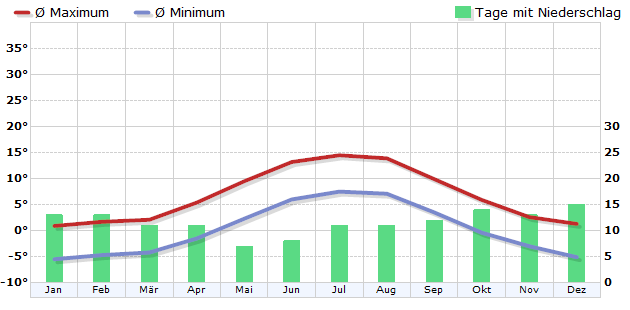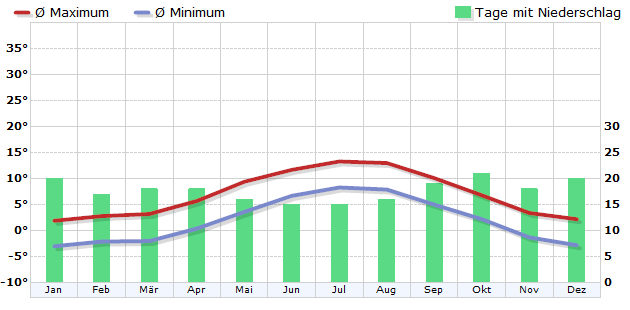Climate Iceland
Despite its northern location near the Arctic Circle, Iceland's oceanic climate is still quite mild. The main reason for this is the Irmingerstrom, part of the Gulf Stream, which brings relatively warm seawater to the south coast of the country. The winters remain mild in the south of Iceland, and snow rarely falls. The north, on the other hand, is dominated by the cold Greenland Current. There and in the centre of the island you have to reckon with plenty of snow. Nevertheless, the temperatures in winter only fall just below freezing point. In the summer months, the average maximum temperatures are between 11 and 15 degrees. In some regions, however, temperatures above 20 degrees are also possible. The amount of precipitation varies regionally throughout the year. A special feature is the Vatnajökull glacier, which is a cold elevation that causes strong incline precipitation in humid southwesterly winds. On its south side, rainfall can be around 4,000 mm per year, while on the north side it is only around 400 mm.
The best time for hiking tours is between the end of June and the beginning of September. In autumn and winter the days are short, but the probability of seeing aurora borealis increases. If you want to enjoy the winter landscape, it is better to arrive between February and April, when the days are much longer again.


